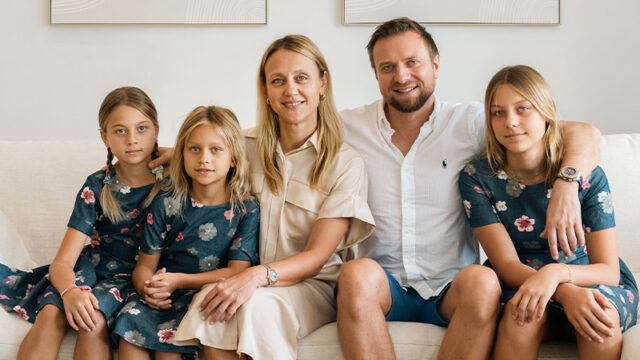A colonial house with a backyard and a half!
Perfect for cricket practice and parties
 Lifestyle Guide To Moving To & Living in Singapore - Expat Living
Lifestyle Guide To Moving To & Living in Singapore - Expat Living
Moving to Singapore and not sure where to start? Expat Living is the essential lifestyle guide to living in Singapore.

They tried out a few other places – find out why they chose this home
Perfect for cricket practice and parties
Let’s take a look around Patricia’s home
Step inside this gorgeous black-and-white!
After renting a few places they decided to buy!
Is it time to buy a home or a buy-to-let?
We talk to Meena about her new home
She loves collecting Christmas decorations!
It’s in the thick of all the nightlife action!
And shares some inside tips to renting a condo in Singapore!
They’re now living in North Virginia
It even has a Great Gatsby-themed wallpaper!
Pricing transparency is all-important!